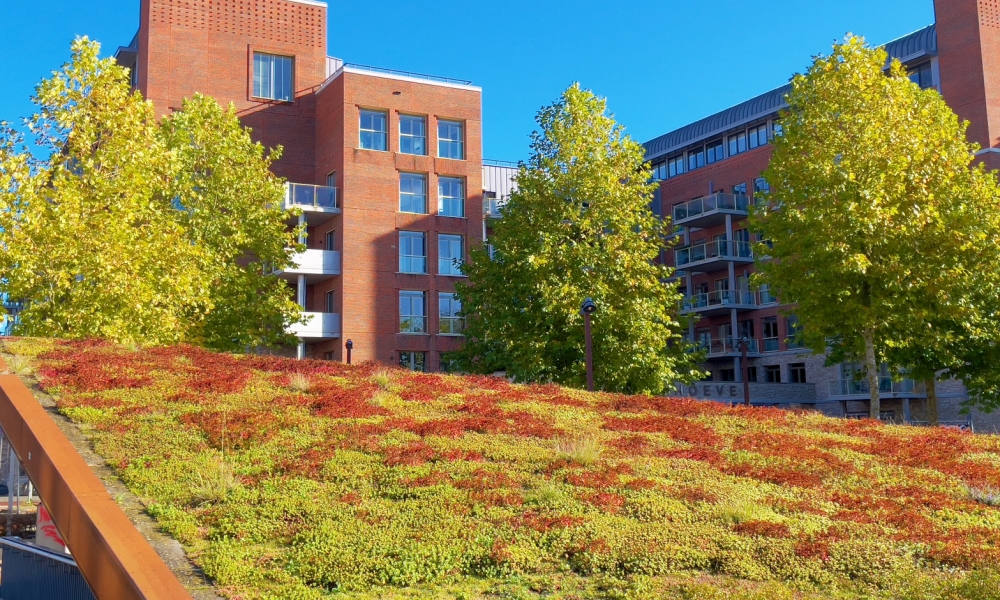Written evidence submitted to the EAC Inquiry on Heat Resilience and Sustainable Cooling
Associated sprints
recent news
- Growing Positive Change
- The Agile Initiative Enabling Fund
- Pre-announcement: Next Sprint Funding Call to Open in September 2024

In a collaboration between the Nature-based Solutions Sprint, RSPB and WWF, written evidence has now been submitted as part of the Third National Adaptation Programme (NAP3) to the EAC Inquiry on Heat Resilience and Sustainable Cooling.
With heatwaves becoming more frequent, the submission emphasised the important potential role for high-quality nature-based solutions (NbS) such as street trees, urban woodlands, parks, green roofs and green walls for improving heat resilience. Unlike energy intensive air-conditioning, these options provide cooling without increasing emissions from fossil fuels, and they also deliver a range of co-benefits for people and wildlife. However, there are limits to what NbS can achieve alone, given the magnitude of projected climate change impacts (and the associated risk to nature itself). The best approach is to combine technological solutions – especially urgently-needed improvements to building design and insulation – with nature-based solutions, as part of a hybrid approach to improving heat resilience whilst helping limit increases in energy consumption.
The submission makes a number of recommendations for policymakers, highlighting the need to provide stronger protection for existing mature urban trees and green spaces, increase nature-rich green and blue spaces in deprived areas, and accelerate uptake of high quality green roofs.
This builds on a policy brief the Sprint team have already produced: Scaling up Nature-based Solutions in England’s National Climate Change Adaptation Programme, which details their recommendations to decision makers on how to scale up the use of nature-based solutions for adapting to a range of climate change impacts such as heatwaves, floods and droughts.


